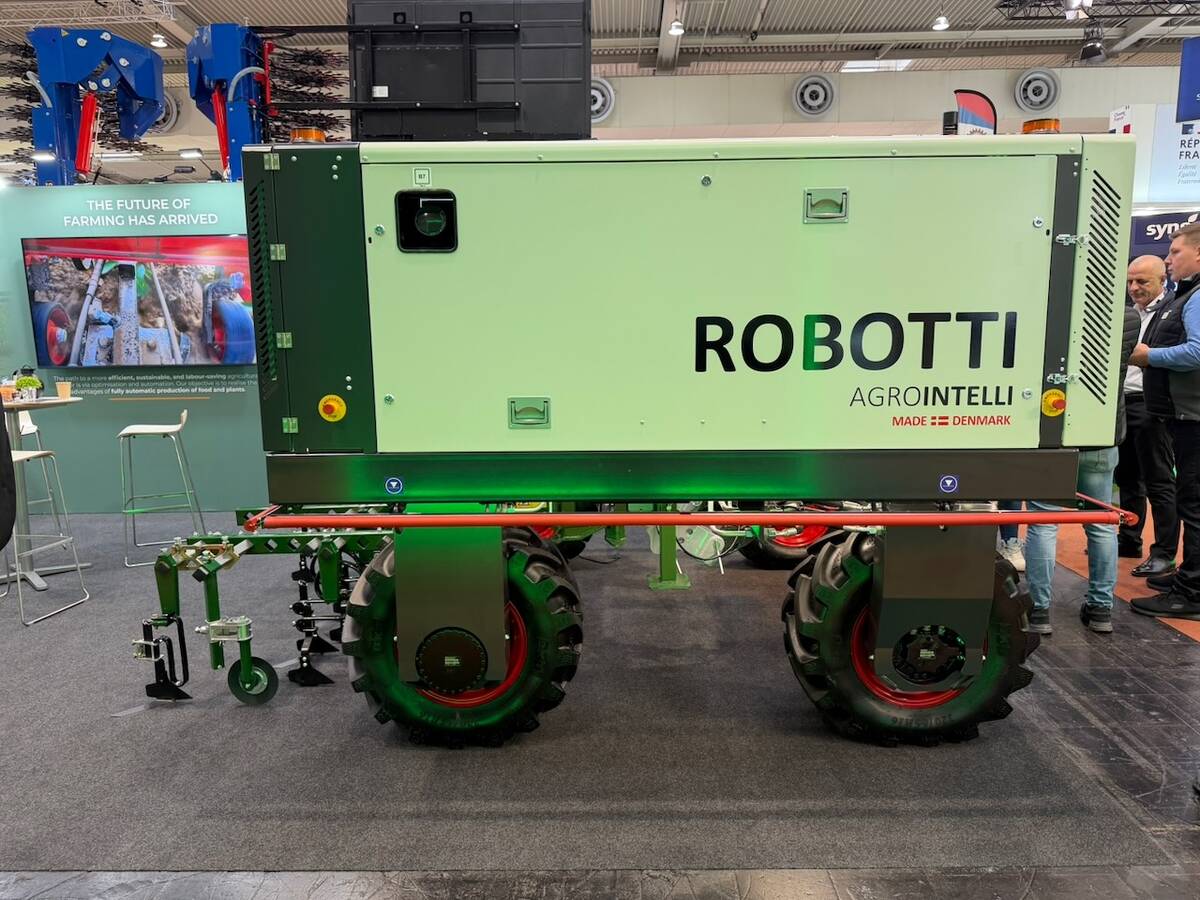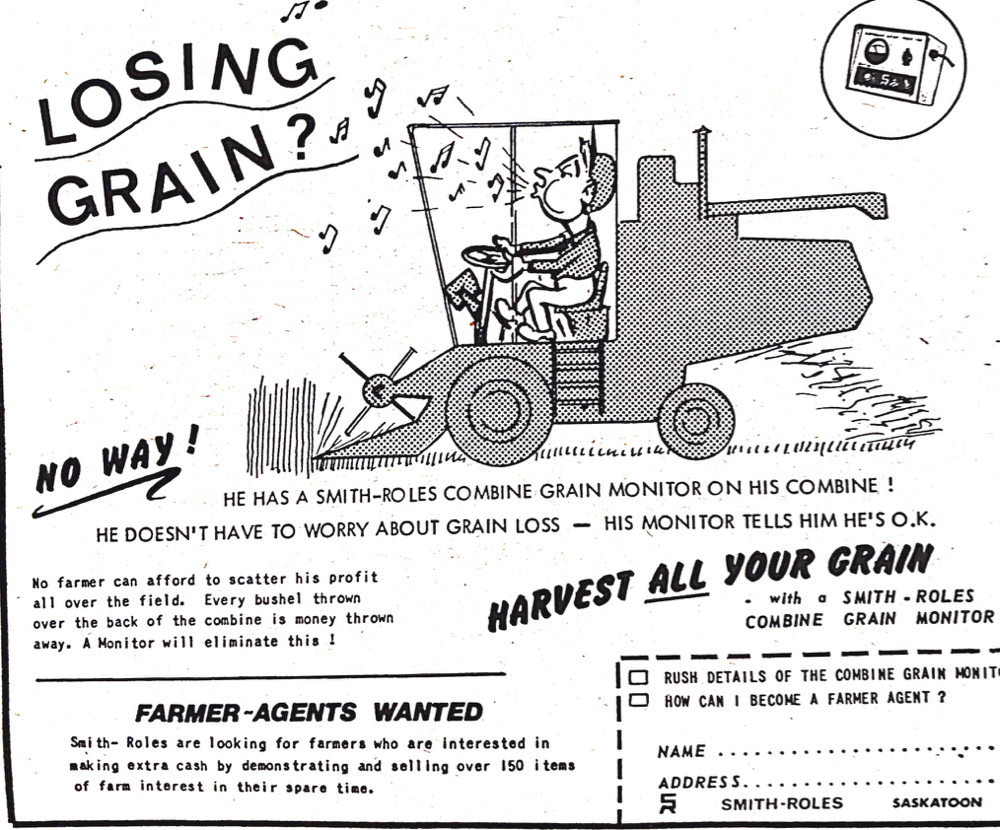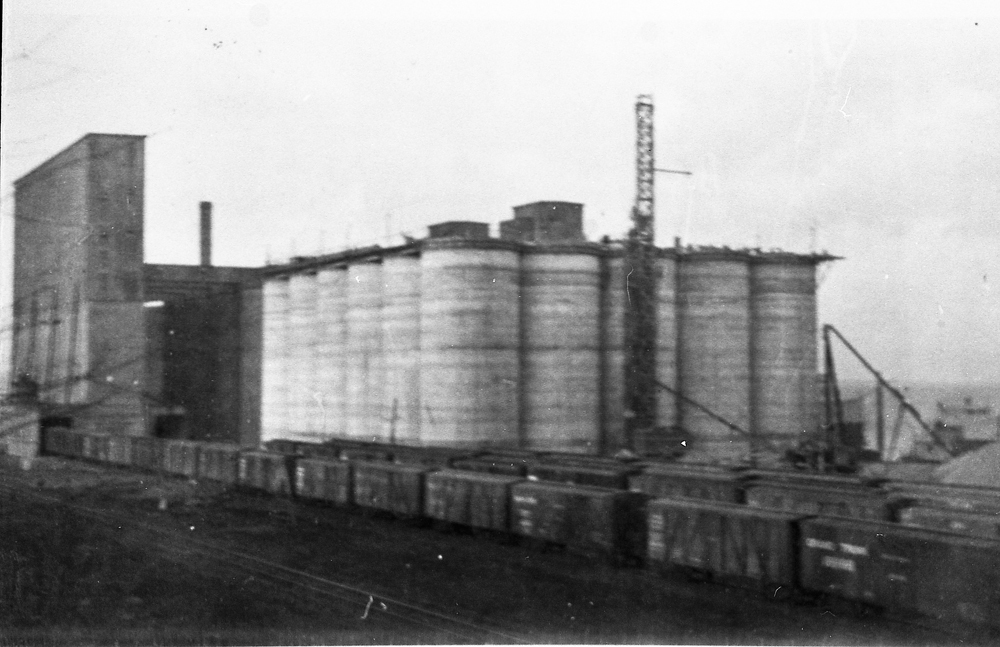The Manitoba Agricultural Museum holds in its collection the photo seen here, which is thought to show the students of an engineering course at the Manitoba Agricultural College.
Manitoba’s rapid growth at the turn of the century prompted the provincial government to support agricultural research and education. The Manitoba Agricultural College (MAC) was established in 1905, with the objective of educating students in modern farming practices. MAC was the first college of its kind in Western Canada, and only the third in all of Canada. MAC offered courses in horticulture, agricultural engineering, animal husbandry, farm management, and home economics.
Read Also

The long march to autonomy
The big players in the machinery market keep adding pieces towards autonomous vehicles for farming, but how far away is a final product?
One of the agricultural engineering courses offered was a course training students in the operation of steam engines and the newfangled gasoline tractors. Judging by the number of young men seen here the course was quite popular. Given the rapid expansion in the number of steam engines and tractors on the Prairies and general unfamiliarity of the farm population with machinery, this sort of course was much needed at this time.
While MAC was designed to give men a solid educational background in agricultural sciences, MAC also included a division of home economics, which was intended to give young ladies from rural communities a scientific background in homemaking. The women were to receive an education in health, nutrition, and home management. Courses were offered in subjects such as food safety, laundry chemistry, human physiology, and home-based accounting. With such training the hope was that the graduates would return to their home communities, become leaders and impart their knowledge to other ladies in the area.
MAC was built at a Winnipeg site in the Tuxedo neighbourhood close to Assiniboine Park with construction starting in 1905. By 1910, MAC had outgrown its Tuxedo campus and found that obtaining additional land in the immediate area of the campus was impossible. Seven years after the Tuxedo campus was opened, MAC moved to a new site in Fort Garry which is now the location of the University of Manitoba. The Tuxedo campus became the Fort Osborne barracks used by the Canadian military from 1914 to 1968 when Kapyong Barracks were built. The site was then acquired by the provincial government that moved government offices into the buildings. The site was then purchased from the provincial government and redeveloped into the Asper Jewish Community Campus.
The tractor the students are on is a 30-horsepower Big Four.The Big Four tractor designs came from the Transit Thresher Company which set out to design a thresher which could move around a harvested grain field to the stooks of grain so eliminating the need to bring the sheaves to the thresher. For this purpose a belt pulley at the back of a gas tractor was very useful as the tractor could then drive a threshing machine which was towed behind the tractor. After design work had taken place, Transit realized the entire idea was not workable as a drive belt was not compatible with turning a tractor towing a threshing machine. But Transit realized that the tractor it had designed was a decent design so it began to build and sell it as the 25-horsepower Big Four. The Big Four retained the rear-mounted belt pulley as moving it to a more conventional location would have involved a major redesign.
The Big Four tractor entered production in the U.S. in 1906. The tractor was the first tractor with a four-cylinder engine which explains why the tractor was known as Big Four. Transit changed its name to the Gas Traction Company in 1908 as this name better reflected what the company manufactured. The Big Four was a sales success with demand outstripping supply.
In 1909, the Gas Traction Company of Winnipeg was organized and purchased the Canadian patent rights for the Big Four from the Gas Traction Company. Gas Traction of Winnipeg wasted no time erecting a factory in Elmwood, a suburb of Winnipeg with the first tractor rolling out of the plant in March 1910. In 1912, Emerson-Brantingham purchased the Gas Traction Companies and the Winnipeg plant was closed. Production of the Big Four continued until 1920, however, Emerson-Brantingham was producing smaller and lighter tractors soon after purchasing the Gas Traction Companies. Emerson-Brantingham was sold to J.I. Case in 1928.
There were two models of Big Four tractors, a 25-horsepower model and a 30-horsepower model. The tractor seen here is a 30-horsepower model. The 30 horsepower has a curved top to the radiator whereas the 25 horsepower had a square radiator. As the 30 horsepower was introduced in 1910, this photo was taken sometime after that date. It may very well be this tractor was manufactured in the Elmwood, Winnipeg plant.
The Manitoba Agricultural Museum is open year round and its website has museum information including location and hours of operation.















